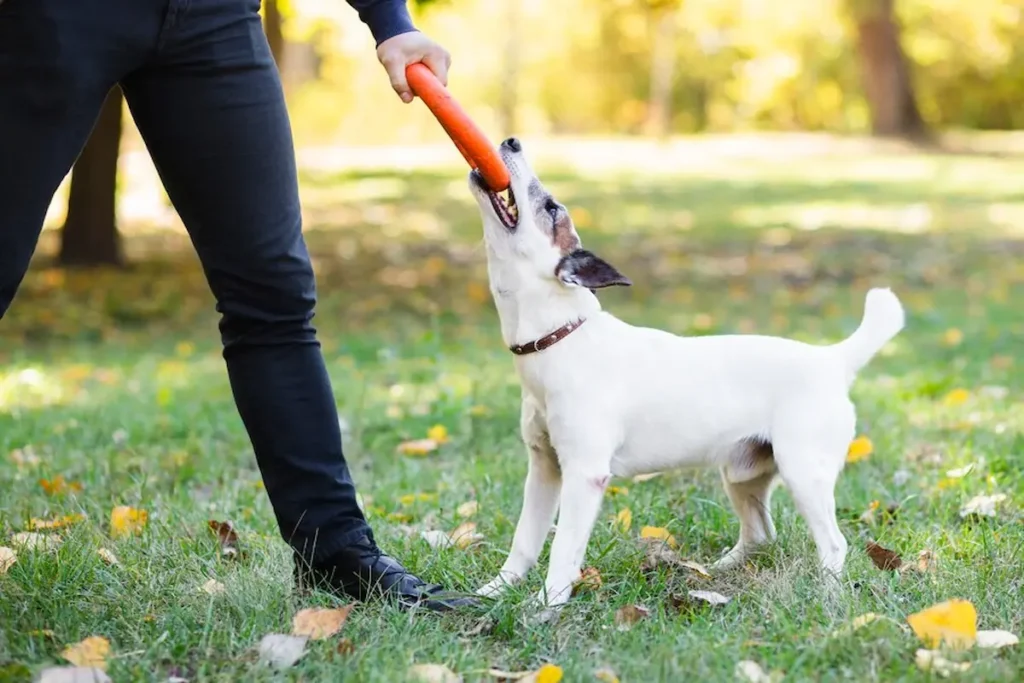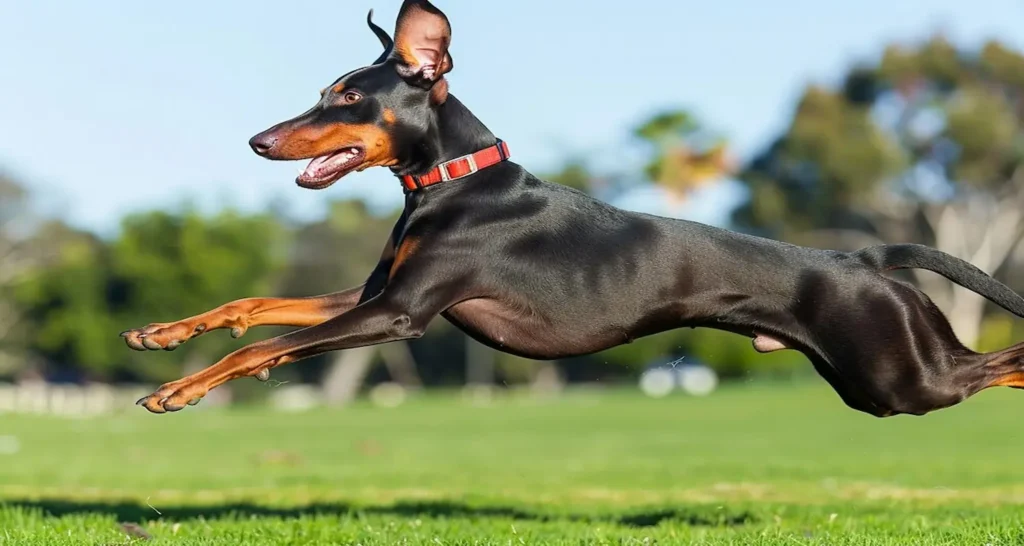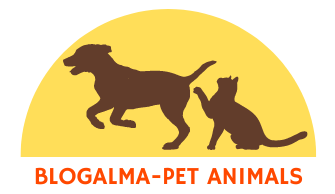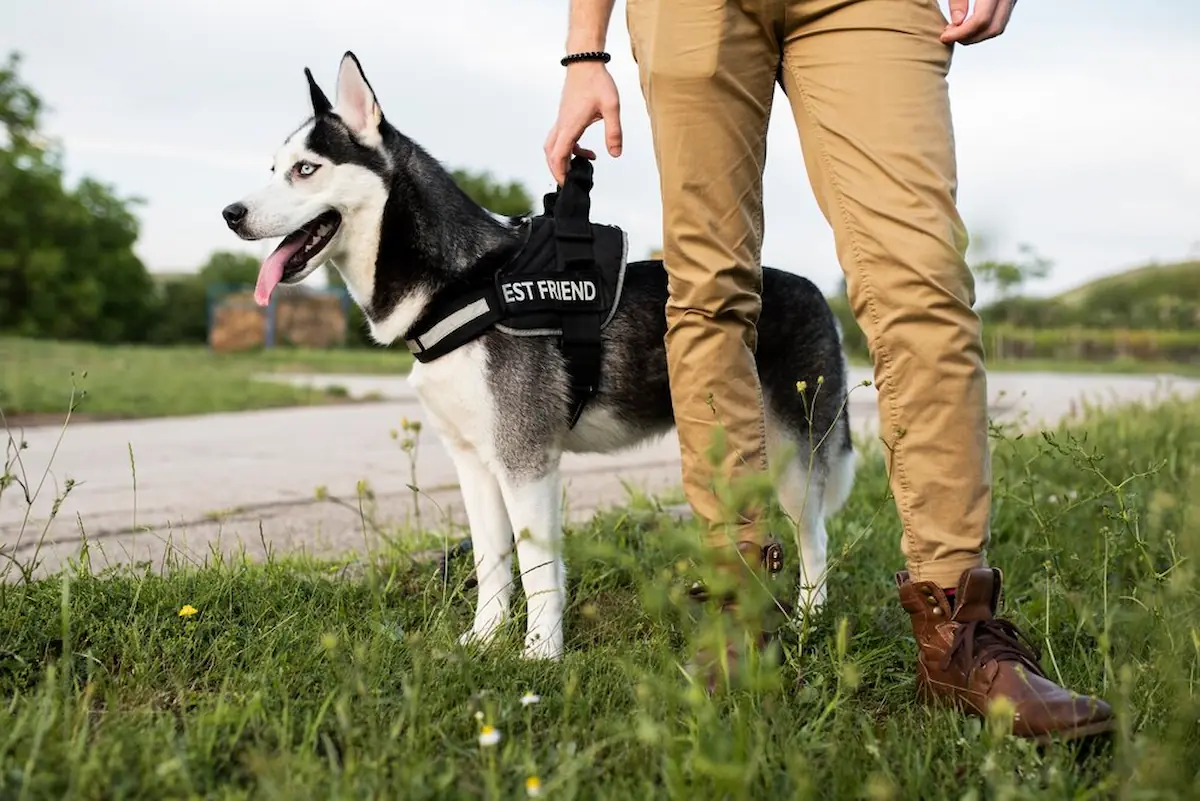Advanced Dog Training Commands
1. Introduction
You’ve mastered the basics: sit, stay, come. Now you’re ready to dive into the world of advanced dog training commands! But, why bother going beyond the basics? Advanced training strengthens your bond with your dog, keeps them mentally stimulated, and can even lead to cool party tricks or helpful behaviors in everyday life. Whether you’re aiming to refine obedience or just want to challenge your dog with more complex tasks, advanced training is where the fun really begins!
2. Why Teach Advanced Commands?

Advanced commands aren’t just for show—they serve a practical purpose. Teaching your dog to follow advanced commands can make everyday activities smoother. Picture this: you’re walking in a busy park, and with a simple “heel,” your dog walks calmly by your side. Or imagine your dog immediately dropping a harmful object after hearing “leave it.” Advanced commands keep your dog safe, help manage tricky situations, and deepen your relationship by enhancing communication.
3. Prerequisites for Advanced Dog Training
Before jumping into advanced training, your dog should have a solid foundation of basic commands like sit, stay, and come. You’ll also need to ensure they respond well to these commands in various settings, with distractions present. If your dog is still mastering the basics, work on those first—advanced training builds on the fundamentals!
Related: Effective Tips for Training Aggressive Dogs
4. Building Focus and Engagement
One of the most important aspects of advanced training is getting—and keeping—your dog’s focus. Without their full attention, teaching more complex behaviors is next to impossible. To build focus, use short, energetic training sessions and always reward your dog for staying engaged. Games like “Find It” (where your dog searches for hidden treats) are great for mental stimulation and improving attention.
5. The “Heel” Command

The heel command teaches your dog to walk calmly by your side without pulling on the leash. Here’s how you can train it:
- Start with your dog in the “sit” position by your left side.
- Hold a treat in your left hand, right in front of their nose.
- Take a step forward and say “heel.”
- Reward them every few steps as long as they stay by your side.
Practice in low-distraction areas at first, then slowly introduce busier environments. With patience, your dog will learn to stick by your side no matter where you are!
Related: Essential Dog Training Tips for Every Responsible Owner
6. Teaching “Leave It” and “Drop It”
“Leave it” and “drop it” are lifesavers when your dog encounters something dangerous or inappropriate. For “leave it,” start by holding a treat in each hand:
- Show your dog one hand with a treat and say “Leave it.”
- Wait until they stop trying to get the treat, then give them the treat from the other hand.
- Repeat until they consistently stop going for the treat upon hearing “leave it.”
For “drop it,” use a toy your dog loves:
- Let them play with the toy, then offer a treat in exchange.
- When they drop the toy to get the treat, say “Drop it.”
- Repeat until your dog understands the exchange.
7. Training “Place” Command

The place command teaches your dog to go to a specific spot and stay there until released. It’s useful for managing behavior during mealtime, when guests arrive, or even just for giving your dog a “chill-out” zone.
- Start by identifying a mat or bed as the designated “place.”
- Guide your dog to the place with a treat and say “place.”
- Once they step on it, reward them.
- Gradually increase the time they stay on the mat, always reinforcing with treats and praise.
Related: Essential Puppy Training Guide for New Pet Owners
8. How to Teach the “Wait” Command
“Wait” and “stay” are often confused, but there’s a subtle difference: “Stay” means your dog should hold their position indefinitely until released, while “wait” implies a temporary pause, often before moving forward. For example, you might use “wait” before crossing the street. To teach it:
- Start with your dog in a sit position.
- Say “wait” and hold up your hand as a stop signal.
- Take a step back, and if your dog doesn’t move, reward them.
- Gradually increase the distance and duration.
9. “Touch” Command for Better Control
The touch command can be incredibly useful in many situations—it’s a way to get your dog to come directly to your hand, even in a distracting environment. To teach “touch”:
- Hold out your hand at your dog’s nose level.
- Say “touch” and when they come forward to investigate your hand, reward them.
- With practice, your dog will respond to “touch” as a way to refocus and follow you.
10. Advanced Recall: Training Your Dog to “Come” Reliably
Recall, or the come command, is one of the most critical behaviors for your dog to master. To make your dog’s recall more reliable, especially in distracting environments:
- Start in a controlled space and use high-value treats or toys as rewards.
- Call your dog with an excited voice and give the command “come.”
- When they reach you, shower them with praise and rewards.
Gradually increase the challenge by adding distractions, but always ensure success to build confidence in the command.
Related: Puppy Training Classes Near Me: The Ultimate Guide
11. “Speak” and “Quiet” Commands
Barking can be a nuisance, but with the speak and quiet commands, you can control when your dog barks and when they stop. To teach “speak”:
- Find something that usually makes your dog bark (like a doorbell sound).
- When they bark, say “speak” and reward them.
- After a few repetitions, they’ll associate the command with barking.
Once they understand “speak,” you can introduce “quiet” by rewarding them for stopping the barking on cue.
12. Advanced Tricks: “Spin,” “Weave,” and “Fetch Specific Items”
Advanced tricks keep your dog mentally engaged and can even be practical! Here’s a brief overview of a few fun tricks:
- Spin: Lure your dog in a circle with a treat while saying “spin.”
- Weave: Teach them to weave between your legs as you walk.
- Fetch Specific Items: Train your dog to retrieve specific objects by name, like “keys” or “balls.”
These tricks stimulate your dog’s brain and can impress your friends!
13. Proofing Advanced Commands
“Proofing” means ensuring your dog can perform commands reliably in various environments and situations. Start by practicing advanced commands in new settings, gradually increasing the level of distraction. Whether you’re at a busy park or in your living room, your dog should be able to follow your commands confidently.
14. Training for Specific Jobs: Therapy, Search and Rescue
Advanced commands form the backbone of specialized training for working dogs. Whether your dog is training for therapy work or search and rescue, the foundation of advanced obedience is crucial. Commands like heel, stay, and wait are essential for maintaining control

